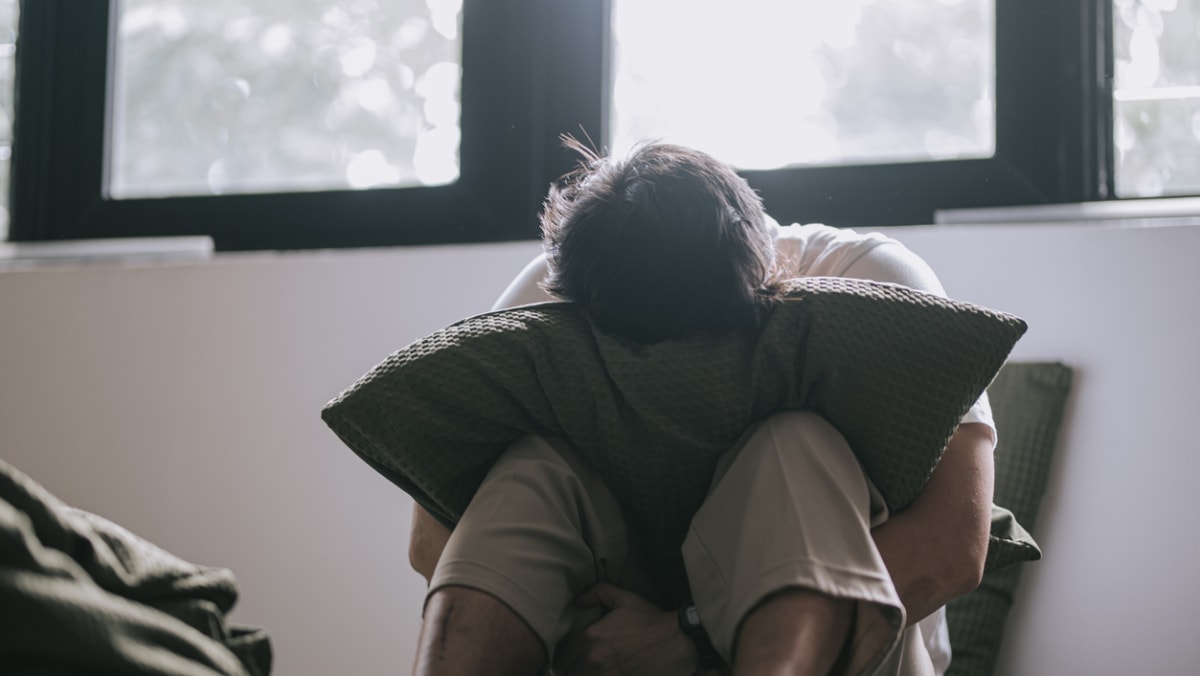SINGAPORE: One of the most overlooked aspects in mental healthcare is how difficult it is for someone who is suicidal or in distress to pick up the phone and ask for help. What makes that even harder is having to tell their story repeatedly to different professionals across different systems.
Over the past year or so, Singapore has made mental health and well-being a key priority in its national agenda, amid rising concerns over psychological stress, particularly among young people.
But until recently, those in crisis faced a patchwork of helplines. The Institute of Mental Health (IMH) operated its own helpline. The Samaritans of Singapore (SOS) ran an important suicide prevention hotline. ComCare supported those in financial crisis, while Tinkle Friend catered to children. During the COVID-19 pandemic, the National CARE Hotline received more than 76,000 calls over about two and a half years.
Alongside those, there were also helplines run by community organisations. While each serves a purpose, the number of options can undoubtedly be confusing for someone in distress.
Singapore’s new 1771 national mental health helpline, launched in June, is designed to change that. One number. 24/7 access. Call, WhatsApp, webchat.
This is the first time Singapore has brought these options together in one national helpline. It is meant to be the first stop where trained counsellors can listen, assess and help people figure out what comes next.
This is a useful idea. For people in distress, such guidance is valuable. But as someone who has worked in this field for over two decades, including having overseen the IMH mental health helpline and currently serving on the board of SOS, I also feel it is important to be clear about what this helpline can, and cannot, do.
